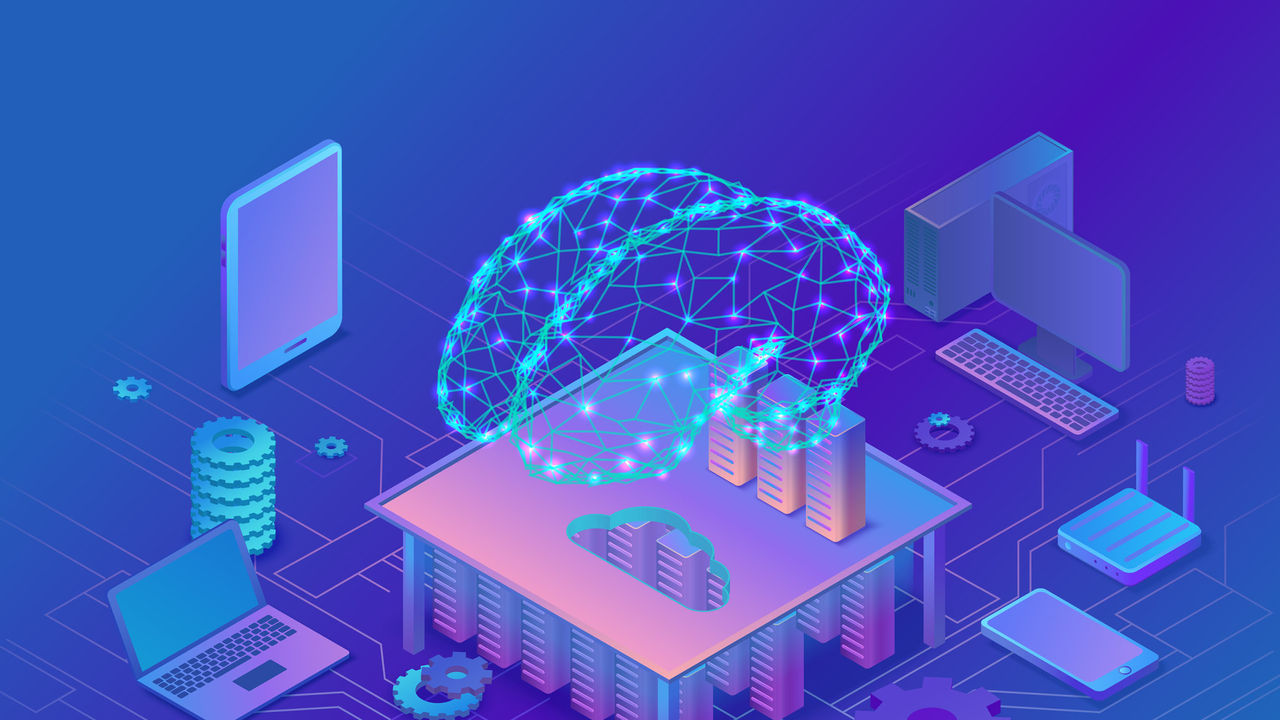-
Membership
-
As a SHRM Member®, you’ll pave the path of your success with invaluable resources, world-class educational opportunities and premier events.
- Certification
-
Demonstrate your ability to apply HR principles to real-life situations.
- Register for the SHRM US Batch
- Self-Study for your SHRM CP/SCP Certification
- Book your SHRM CP/SCP Exam
Demonstrate targeted competence and enhance your HR credibility.
- Events
-
Demonstrate your ability to apply HR principles to real-life situations.
-
Workplace Compliance Newsletter
Summaries of legal decisions, legislative news and regulatory news, delivered Friday afternoons.
Success title
Success caption




